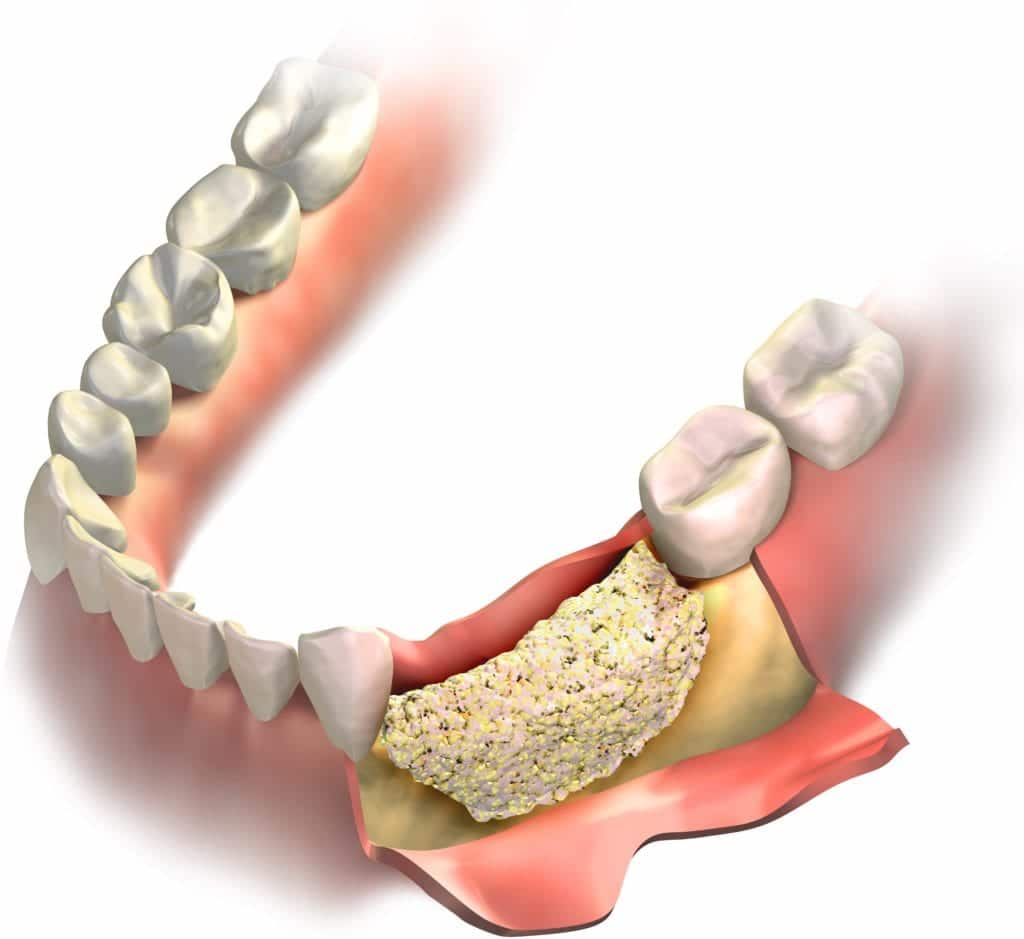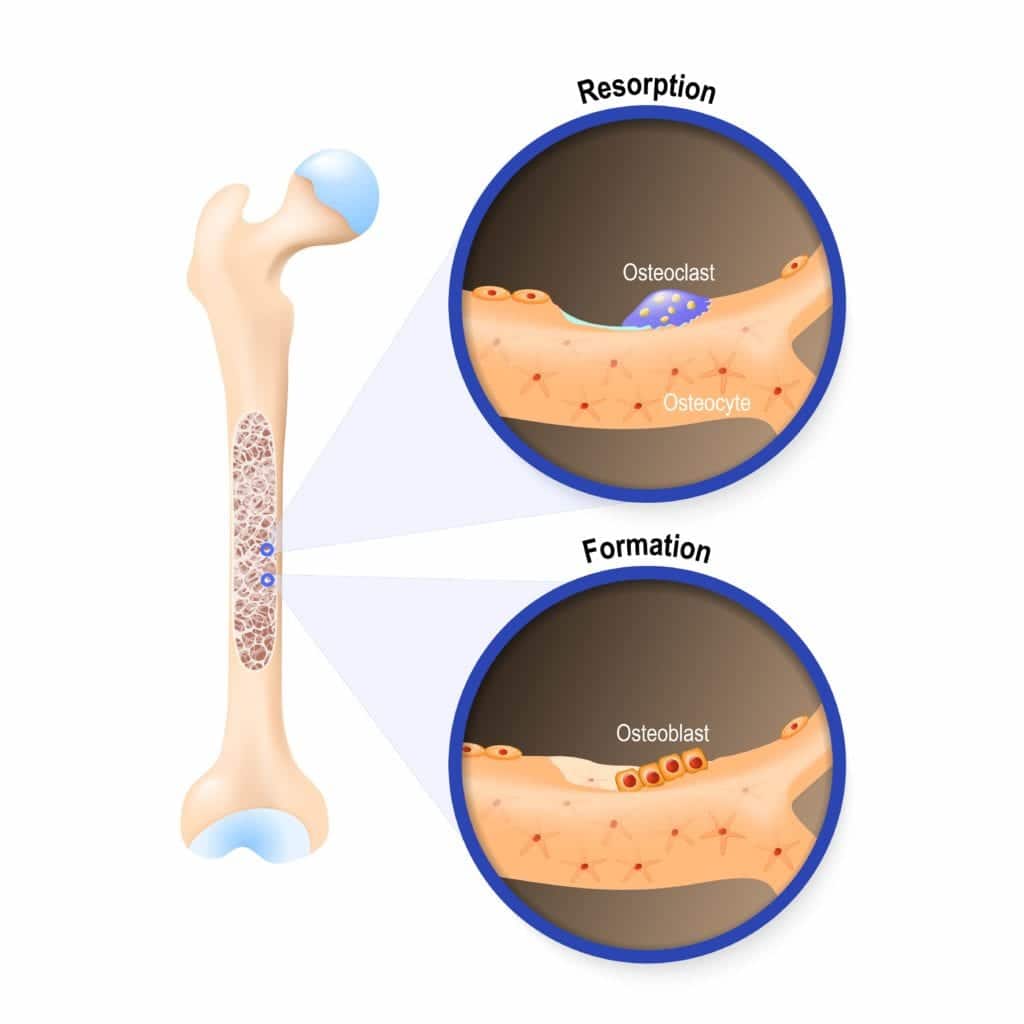Nowadays, it is truly amazing to consider the things that modern dentistry can do. Not only can missing teeth be replaced, but they can now be replaced in a way that closely replicates natural teeth. This is all thanks to the introduction of dental implants, which act as artificial tooth roots that support a dental prosthesis. In this way, dental implants restore not only the aesthetics of one’s smile, but the greatest amount of function as well.
Because of their numerous benefits, many people who have missing teeth opt to have dental implants placed as their restoration of choice. Unfortunately, however, not everyone can be a candidate for dental implants. This is because dental implants require a certain amount of bone mass in order for the implant to be successful. Without adequate bone mass, the implant will not heal properly and can cause a number of problems.

For this reason, your dentist may recommend having a bone graft prior to having your dental implants placed. Some dentists may even perform bone grafts while they place the implants. A bone graft is a surgical procedure that places bone material into an area with low bone mass. This bone material contains osteoblasts, which help the body to produce more bone in that area. About 3-6 months after the bone grafting procedure, the bone mass in this area will become denser.
When people are considering dental implants, one common question usually pertains to whether or not they will need a bone graft. Ultimately, only your implant dentist can answer that question with certainty. However, the simple answer to that question is that you will need a bone graft if your jawbones have undergone resorption and have decreased bone mass.
Bone resorption is the body’s response to a missing tooth. In order for the jawbones to maintain their bone mass, they need stimulation from the forces of chewing. When a tooth goes missing, its root can no longer stimulate that area of the jawbone. This ultimately causes the body to absorb the bone material from the jaw so that it can be deposited elsewhere.
This process generally starts about six months after a tooth has gone missing, which is why most dentists recommend replacing a missing tooth as soon as possible. The process will then continue, and the bone will slowly deteriorate over time. Depending on the number of missing teeth, bone resorption can actually change your facial structure. This is why people with dentures eventually need to have their dentures replaced.

With that being said, you are less likely to need a bone graft if you have a tooth replaced immediately after you lose it, or at least before the first six months is up. Conversely, this means that if you have had a missing tooth for a year or longer, you may need a bone graft. The number and location of the missing teeth may also play a role in whether or not you need a bone graft.
In order to determine if a bone graft is needed, your implant dentist will take dental x-rays and possibly a CBCT scan. They will then evaluate the underlying bone to determine if enough is present to safely place an implant. Depending on what they find, they may recommend a bone graft before implant surgery, a bone graft with implant surgery, or another restoration method altogether.
Overall, bone grafts allow people with inadequate bone mass to be able to have dental implants placed. By placing bone material that promotes the growth of new bone, they help build up the bone mass that has been depleted from missing teeth. Nevertheless, only an implant dentist can determine if a bone graft is needed or if dental implants are the best restoration method for your dental needs. Therefore it is best to schedule a consultation to determine if you need a bone graft.

Dr. Dennis Laurich has been practicing dentistry for over 40 years. He received his DDS degree from the University of Michigan Dental School and regularly attends oral health care conventions to continue his dental education. This allows him to treat patients with leading dental technology and methodologies. Additionally, he is a member of the American Dental Association, Michigan Dental Association, and the Detroit District Dental Society.




